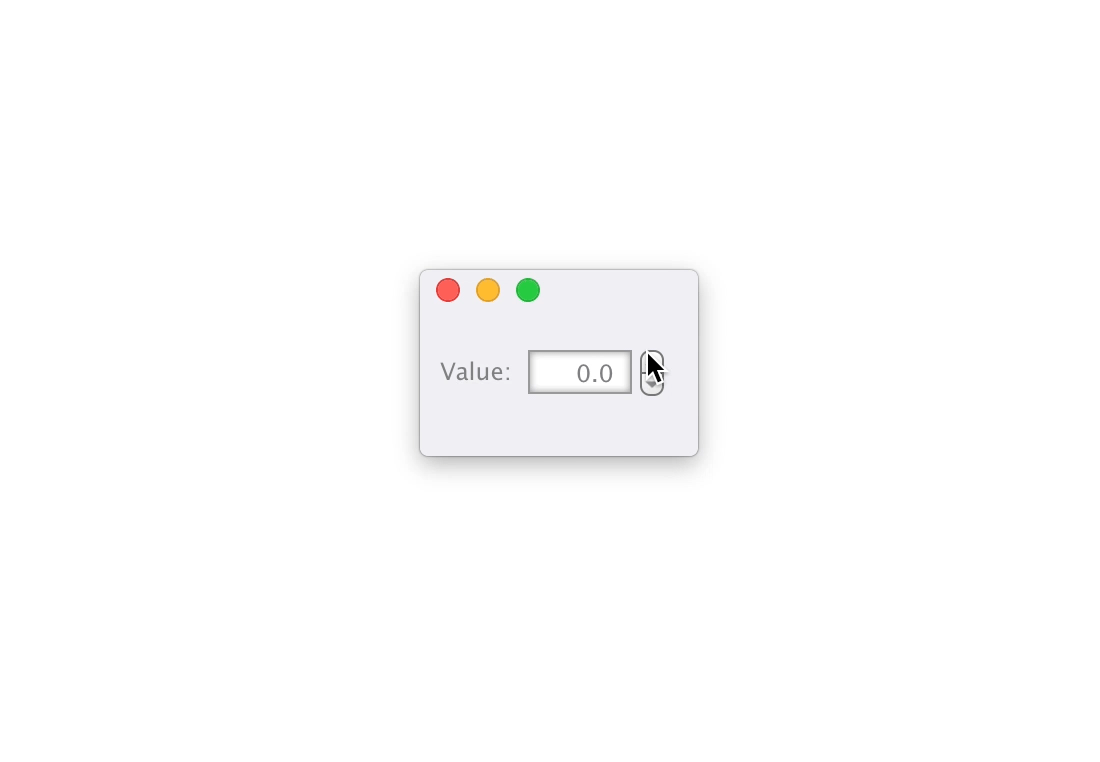-
Notifications
You must be signed in to change notification settings - Fork 36
LeverSpinner
Eonist edited this page Mar 20, 2017
·
2 revisions
Case study of the LeverSpinner element

Swift:
let leverSpinner:LeverSpinner = addSubView(LeverSpinner(140, 40,"Value: ", 0, 1, CGFloat(Int.min), CGFloat(Int.max), 0, 100, 200, self)) as! LeverSpinner;
func onEvent(event:Event){
if(event.origin === leverSpinner && event.type == SpinnerEvent.change){(event as! SpinnerEvent).value}//here we can read the value
}
leverSpinner.event = onEvent//We add an event handler In the above example there is also an example of the new super simple event system, which also works inside methods 🚀
CSS:
Spinner{
float:left;
clear:left;
width:120px;
height:24px;
padding:-2px;
}
Spinner TextInput{
width:90px;
height:18px;
margin-right:6px;
}
Spinner TextInput Text{
width:40px;
height:20px;
autoSize:left;
color:black;
selectable,mouseEnabled:false;
margin-top:0px;
}
Spinner TextInput TextArea{
width:50px;
height:18px;
}
Spinner TextInput TextArea Text{
width:100%;
align:right;
selectable,mouseEnabled:true;
}
Spinner Stepper{
clear:none;
}- The variables in the css named
<InsetShadow>etc. Are generic theme styles stored in a css file. An article describing how to use generic styles is coming soon. - The css for the Spinner component only (you also need css for the stepper. This will be introduced shortly)
- Fix window movement when using custom window, only top should be draggable
- Should not increment or decrement via upInside if movement has occurred
- Change the Event system from calling the event variable first to calling the event method first.